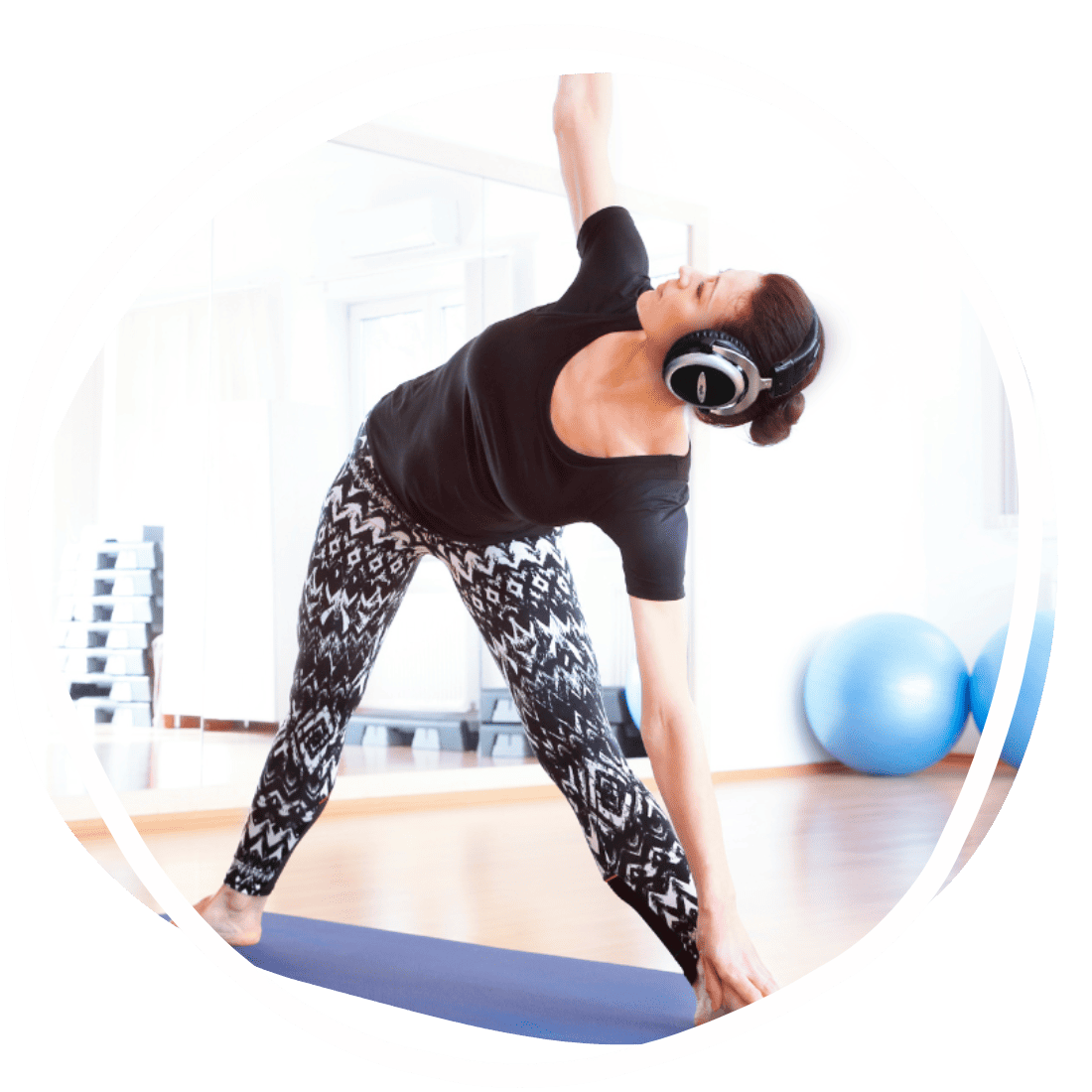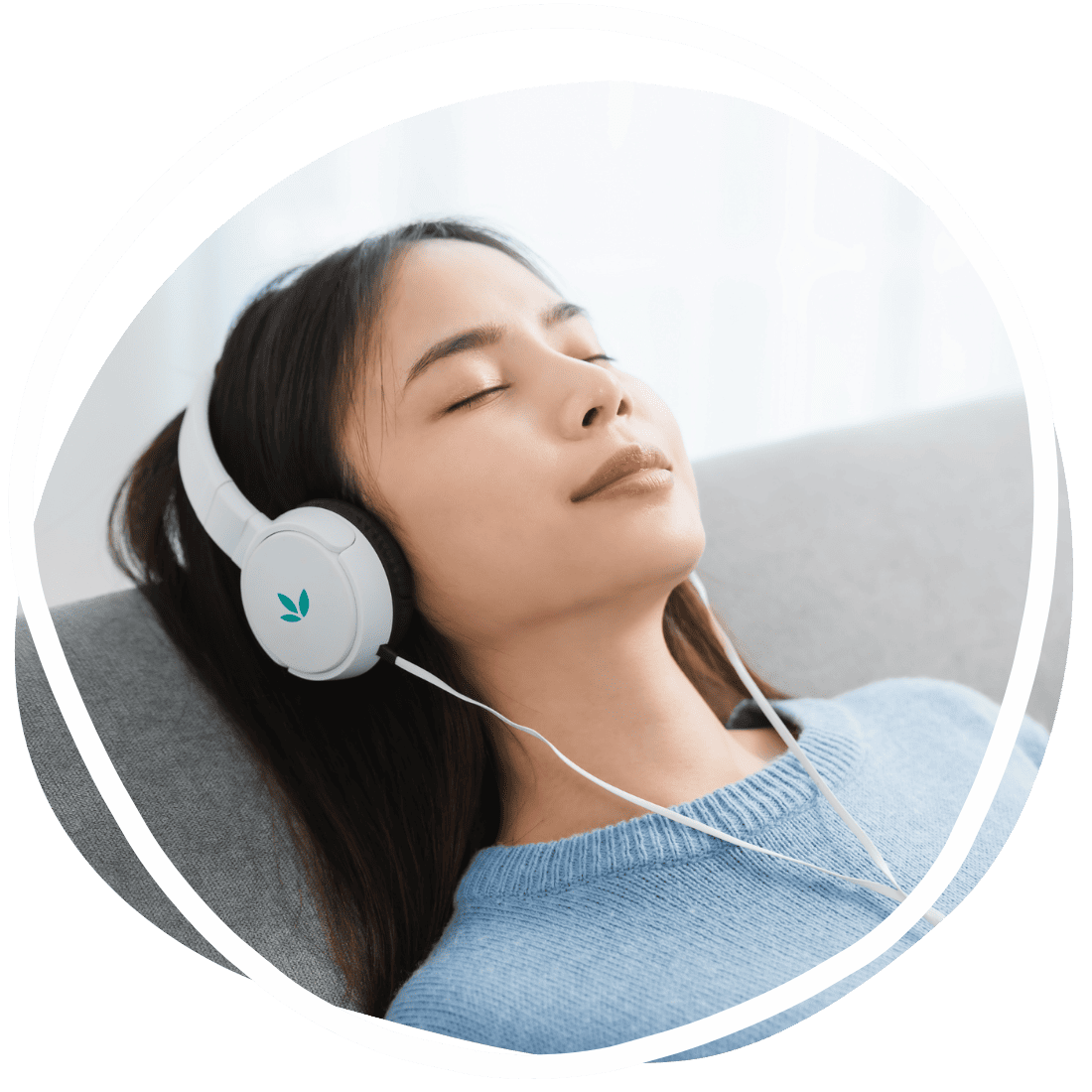Listening Therapy Programs for Coordination, Balance and Motor Planning
Are you able to perform a new motor activity easily? In the right order? Or, do you have to do it over and over again from beginning to end until it is no longer ‘new’? Are you clumsy? Drop or bump into things? Our sense of balance and where we are in space are important to our ability to coordinate our actions to perform them with ease.
Coordination and balance issues can have a significant impact on both children and adults, affecting their daily activities and overall quality of life. These issues can manifest in various ways, such as difficulty with gross motor skills (e.g., walking or running) or fine motor skills (e.g., writing or buttoning clothes).
Children and Coordination/Balance Issues
In children, poor motor planning and coordination often result in being the last one to be picked for the team, late learning to ride a bicycle, or poor/messy handwriting. These struggles can shatter a child’s confidence.
Adults and Coordination/Balance Issues
An adults balance and coordination are extremely important for general health and safety throughout the lifespan. As we age, steps may become obstacles, picking things up becomes more difficult, getting out of bed can even become dangerous. The good news is the system governing the mechanisms associated with balance can be improved at any age.
Improving Coordination, Balance and Motor Planning
Listening therapy programs have emerged as a promising approach to address coordination, balance, and motor planning challenges. These programs utilize sound-based techniques to stimulate the nervous system and improve neural connections related to coordination skills. By engaging the auditory system, listening therapy aims to enhance sensory integration, attention, and overall motor function.
Therapeutic exercises are often incorporated into these programs to complement the benefits of listening therapy. These exercises may focus on specific areas of the body or involve activities that promote coordination and balance. For example, activities like balancing on one leg or practicing hand-eye coordination exercises can help strengthen core muscles and improve overall stability.
In addition to listening therapy programs, there are other methods individuals can explore to improve their coordination and balance. Engaging in regular physical activity that challenges coordination skills, such as dance or martial arts classes, can be beneficial. Occupational therapy sessions may also be recommended for individuals who require more targeted interventions.

Unyte Health: Listening Therapy to Support Coordination, Balance and Motor Planning
Focus System
For children and adults. Improve brain and body organization, and emotional regulation. Used in a broad variety of practices such as Occupational Therapy, Speech Therapy, Physical Therapy, Autism and ADHD Specialities, and more.
A clinical intervention used to improve brain function through brain and body integration via multisensory input. It combines auditory, balance, and movement to create a foundation for learning, attention, processing and behavior.
The multisensory, bottom-up input of the Focus System improves balance, coordination, and awareness of the body in space. Combining these with increased joint awareness – proprioception – the foundation for motor planning is in place. Now, the only thing required is practice.
Safe and Sound Protocol (SSP)
For children and adults. Guide your clients to consistently feel more connected, in control and regulated.
Pioneered by Dr. Stephen Porges, and based on the Polyvagal Theory, the Safe and Sound Protocol (SSP) is an evidence-based listening therapy that helps shift the nervous system to be more present and regulated while improving client capacity for connection and receptivity to other therapies.
A non-invasive vagal nerve stimulator, the SSP is designed to reduce stress and auditory sensitivity while enhancing social engagement and resilience by re-patterning the auditory and nervous systems for safety and connection.





 © 2025 Unyte Health US Inc.
© 2025 Unyte Health US Inc.